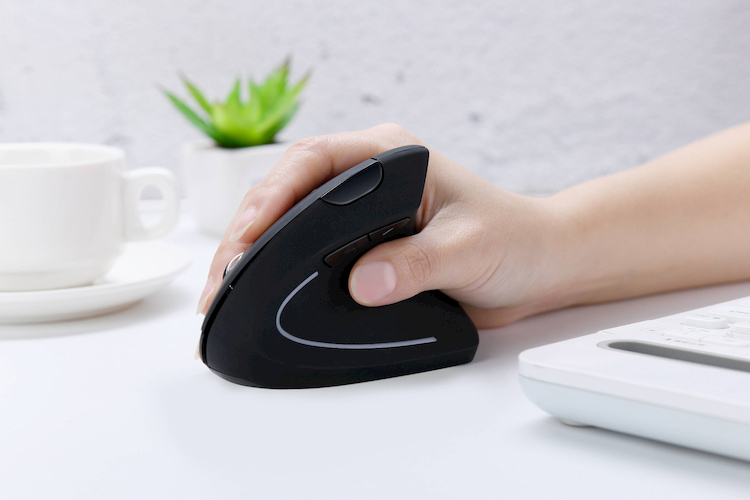Though it might seem like the office is the ideal workplace, especially when it comes to the lower risk of life-threatening injuries as opposed to other environments (construction sites and warehouses), it can still be detrimental to one’s health. The office worker who spends hours and hours at the desk is aware of this far too well – at the end of the day, feeling discomfort, and pain is inevitable.
Some of the most common injuries related to the office are back pain, RSI (Repetitive Strain Injuries) resulting in some conditions such as tendonitis, tendinosis, bursitis, carpal tunnel syndrome among others, followed by strains, fatigue, and anxiety.
Along with the chance for some of these to result in chronic problems, there’s also the fact they lead to absenteeism which has risen considerably in Australia throughout the last decade.
It’s needless to say this affects the quality of life of the worker, as well as the success of the company since injuries also disrupt productivity. The best way to make offices better workspaces in terms of less injuries and sick leaves is to implement ergonomics and make a few smart changes regarding the furniture and work habits.

Source: badbacks.com.au
The Chair
This is the first thing people associate with office ergonomics, and it’s no surprise since most of the time is spent sitting. When you buy ergonomic office chair, you can choose from a vast array of options differing mainly in materials and features. For instance, there are models made of mesh and stretch fabrics for a contemporary feel. Then there’s classy leather for people with refined taste, as well as recycled and recyclable materials in the likes of aluminium for the more eco-conscious individuals.
That being said, here’s what maters features-wise when you buy ergonomic office chair.
Comfort – This one hugely depends on the cushion, so look for features like zero pressure foam for long sitting comfort, or dual density foam with firmer section at front and softer at the back to prevent slouching.
Support – Since our backs are slightly curved inward, you require chair ergonomics with built-in lumbar support designed to fit the form of the body. This ensures that the spine maintains the upright “S” curve.
Adjustability – Now this is an aspect that allows you to personalize the chair and refers to both the seat and the back rest. For a chair to be considered a good investment ergonomics-wise, you should have the chance to adjust the seat height, so you can keep your feet flat and arms at desk height. Likewise, with the back rest adjustability you’d be able to position it at an angle as you see fit.
Swivel – This is important for preventing injuries from stretching and straining.

Source: posturite.co.uk
The Desk
Now that it’s been established that the best way to ensure one’s health and well-being in the office is to alternate between sitting and standing, every office worker should have a height adjustable stand desk.
The Accessories
You can further improve the ergonomics in the office by welcoming the following accessories.
Monitor Arm – Given that most monitors aren’t as adjustable as they should be, monitor arms can be quite handy. Regardless of whether you’re sitting or standing, they allow you to adjust the monitors’ angle, height as well as depth so can see the screen at eye level. The ideal distance is 20” to 40” from the screen as it’s useful for preventing eye, neck and back strain.
Foot Rest – Though mainly recommended for short people who find their chairs too high to be able to keep the feet flat on the floor, desk foot rests can benefit everyone in the office in various ways.
Vertical Mouse – Unlike the regular mouse we’ve come to use over the years, this one helps keep the hand in a natural “handshake” position, as opposed to the painful bent position, thus preventing the development of injuries, strain and chronic pain.

Source: gelidsolutions.com
Do Your Share
Prevention is always key, so along with acquiring all pieces of ergonomic furniture and accessories, you must make an effort to be mindful regarding what you do during the working hours.
Remember to keep your feet flat on the floor or the foot rest and avoid slouching when sitting. Also, keep the shoulders relaxed, and make sure you do some exercises at home to strengthen the back. Furthermore, it’s important to keep the arms at an angle of 90°, with the wrists flat and the elbows close to your body when using the keyboard and mouse.

